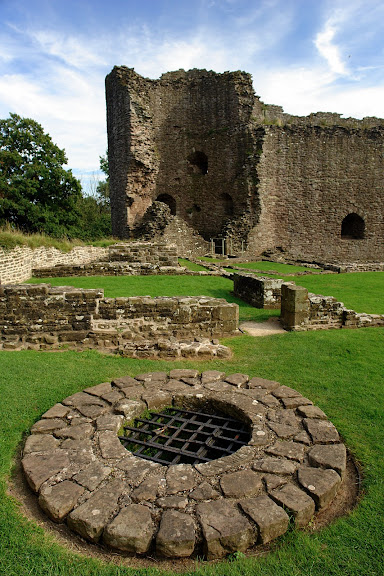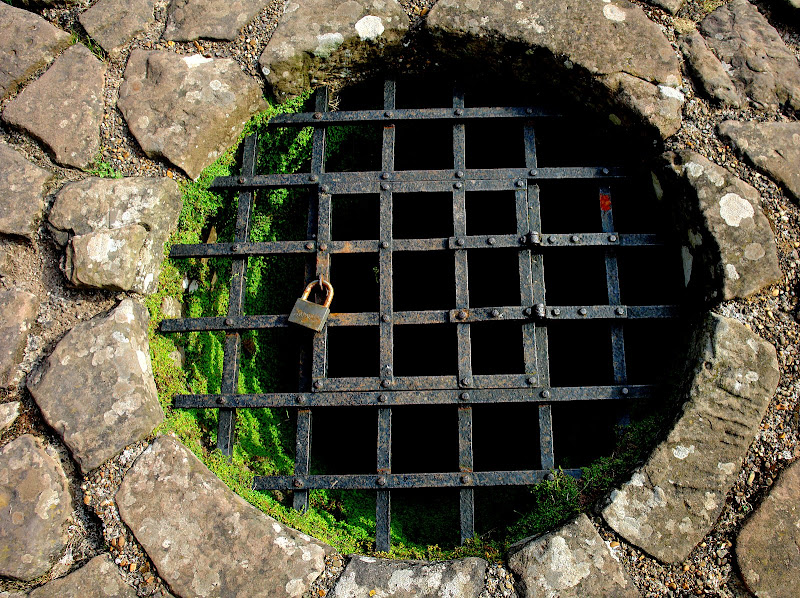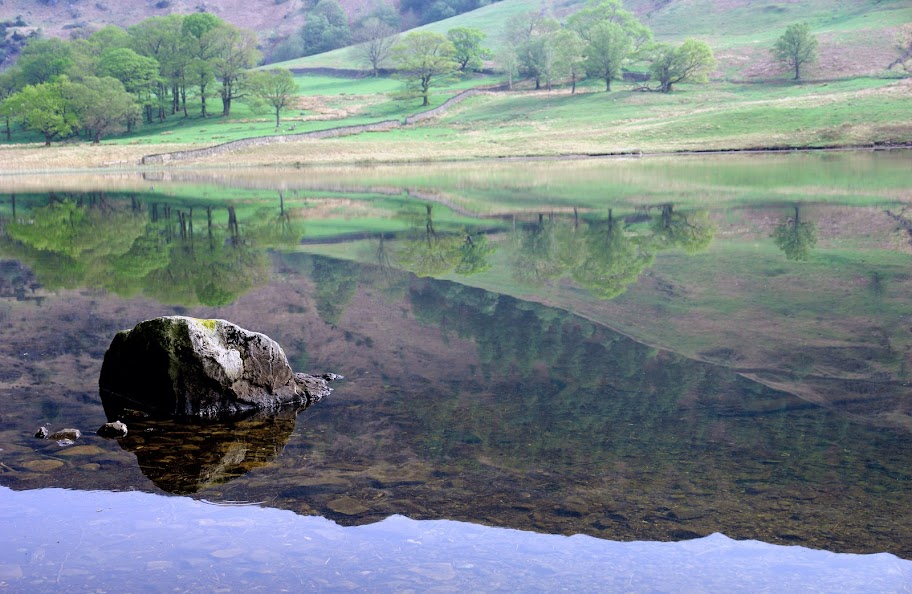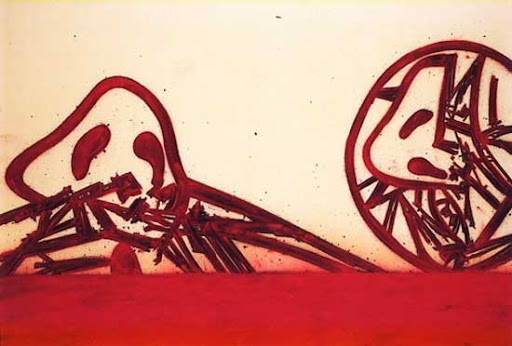 I took these photographs inside the magnificent ruins of the twelfth century White Castle, near Abergavenny in Monmouthshire. Walking around the site my attention was drawn to the old, disused well. As I drew closer I saw that it was padlocked.
I took these photographs inside the magnificent ruins of the twelfth century White Castle, near Abergavenny in Monmouthshire. Walking around the site my attention was drawn to the old, disused well. As I drew closer I saw that it was padlocked.  This striking image took hold in my imagination as a metaphor for how the church so often finds itself portrayed in popular culture today: a ruined relic of passing historical interest, having little contemporary relevance and still less to offer to thirsty souls, its wells long dry and closed up by the rational mind.
This striking image took hold in my imagination as a metaphor for how the church so often finds itself portrayed in popular culture today: a ruined relic of passing historical interest, having little contemporary relevance and still less to offer to thirsty souls, its wells long dry and closed up by the rational mind.
But are our wells dry? The bible offers an intriguing insight. In the book of Genesis there is a brief episode in the story of Isaac which speaks into our dilemma. As he journeys Isaac needs to find sources of water. The old wells dug by Abraham have been blocked up by the Philistines and are disused. In the face of this we are told that Isaac dug wells, or more specifically that he opened up the old wells and drew up water from the wellsprings which were still there.
In St.John's gospel this imagery finds fresh impetus in Jesus. Jesus memorably makes the relational link between our common thirst for meaning, purpose, hope and justice and the love which God offers through him and which flows abundantly through the presence of the Holy Spirit in our lives (see John 4:5-15; John 7:37-39). The wellspring is there, but it takes an act of faith and trust in order to unblock it and remove centuries of rationalistic rubble.
When I first became Chair of the Lincoln and Grimsby District we worked with the metaphor of church as a wellspring. Liz Smith, now Chair of the Leeds District, was instrumental in providing this powerful image of wells and wellsprings and of working through the implications for the church of using it. What we thought then is especially relevant now:
"What language and imagery will inspire and sustain a new vision of “church” for the present time? The image of Wellspring is proving extremely fruitful in our thinking. Wellsprings rise and bubble to the surface where they will, even in hard and stony places if there is a fissure beneath the surface.The Wellspring image frees us from always thinking of church in terms of buildings. A church building might be the focus of living water in a community, but such a wellspring may take many other forms. Access to the well must be free and open to all: it is a place of meeting, of sharing stories, it is essential to the life and well-being of the community. No single person is the source, yet together human beings in all their holy diversity become the wellspring to which others are drawn and become participants.Given that this is our vision of “church” we have been led to ask the further question: what kind of leadership qualities are compatible with the Wellsprings vision?
The most immediate response is that we do not need Well-masters! Wells imply a shared responsibility for keeping the well fresh, clear, unpolluted and inviting. Our vision therefore suggests a departure from styles of leadership that keep others in passive roles or squeeze them into permissible spaces. We suggest that the following qualities are those to which we should aspire: visionary, in partnership, enabling others, honest about our vulnerability and woundedness, decisive, passionate, journeying, laughing."

Natural Wellspring (Lud's Well, Stainton-le-Vale, Lincolnshire)



 On our recent holiday in the Lake District we visited the
On our recent holiday in the Lake District we visited the 

